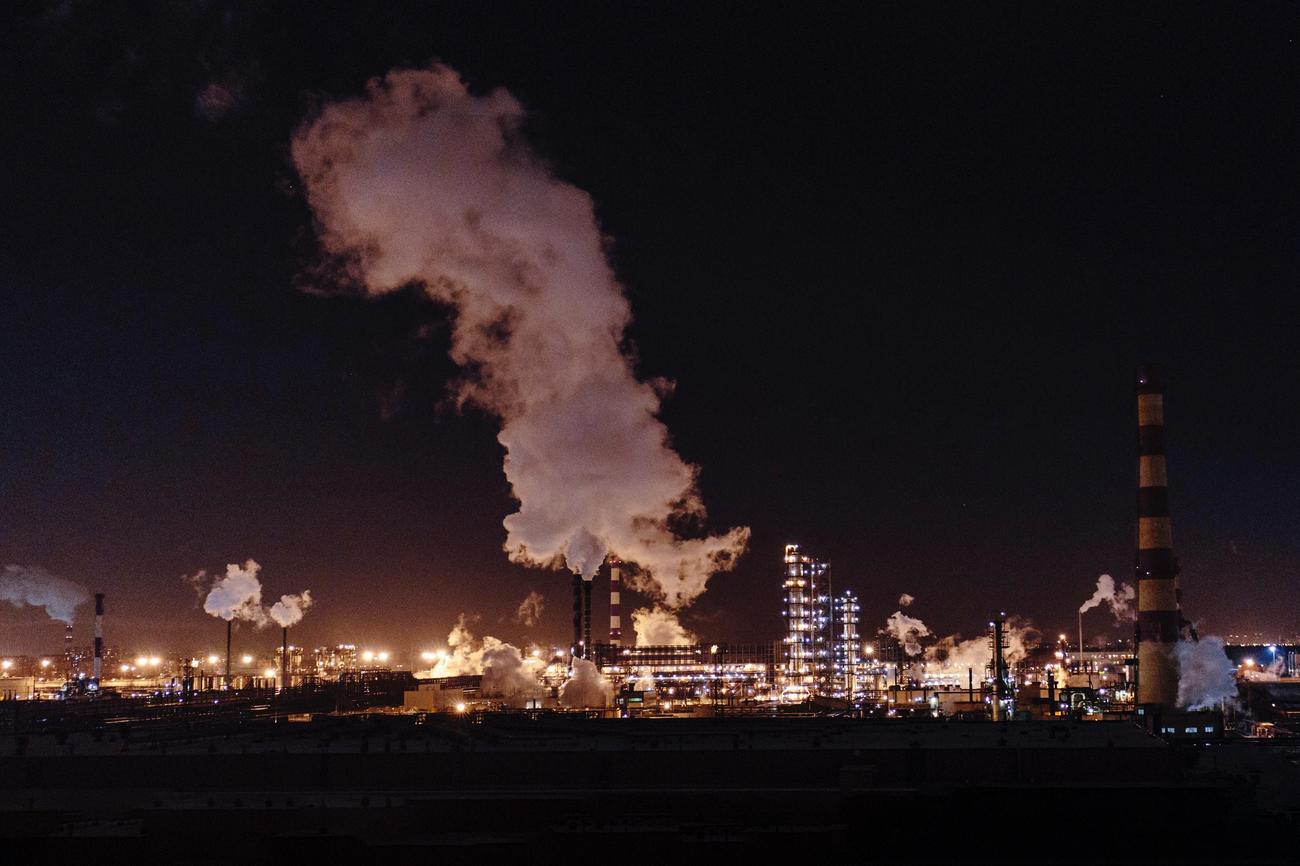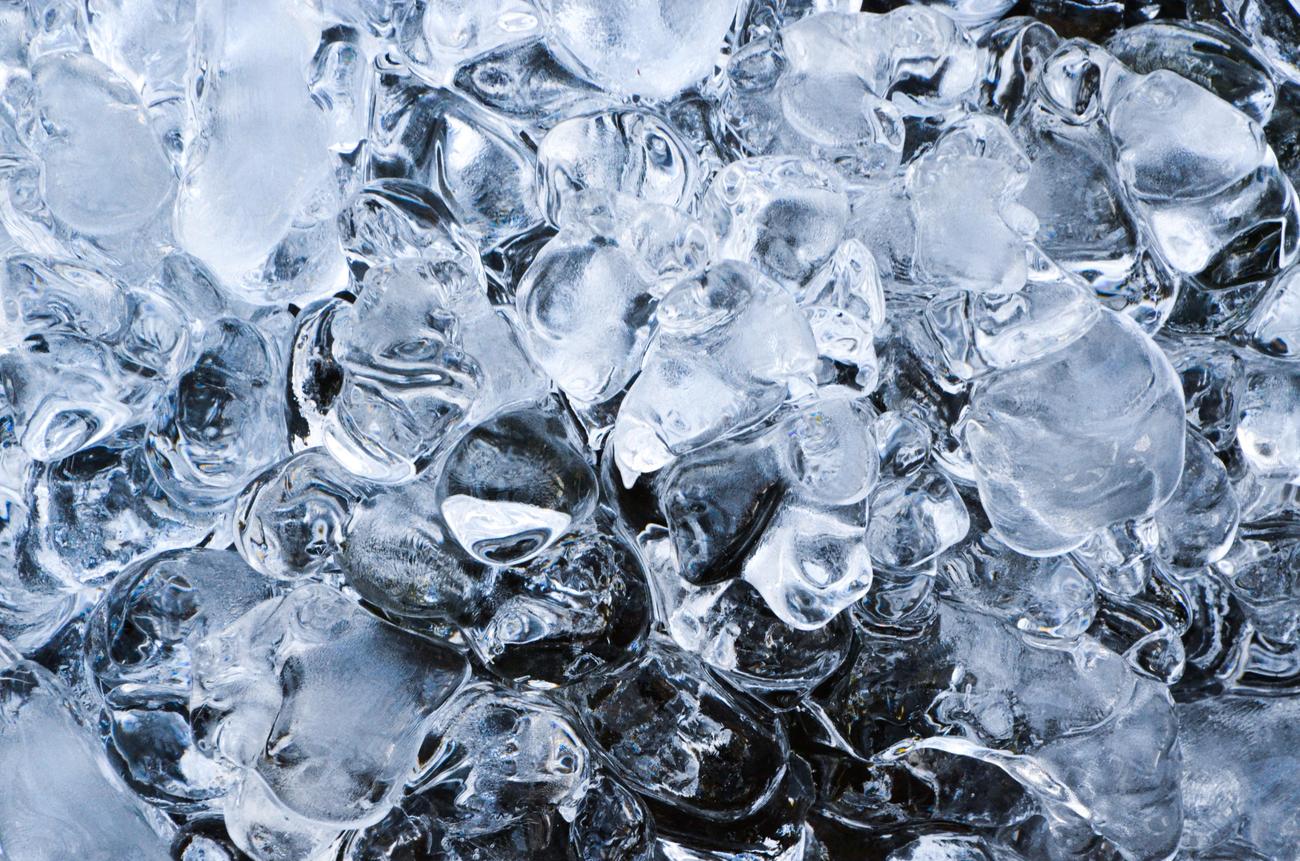In today’s industrial landscape, the search for advanced and sustainable production methods has become of paramount importance. And at the forefront of this pursuit lies the fascinating world of aluminum production. As an experienced industrial engineer specializing in aluminum production methods, I invite you to embark on a journey through this article where we will delve into the latest advancements and sustainable practices in the realm of aluminum production. Join me as we explore the intricacies, challenges, and emerging technologies that shape this vital industry.

Aluminum Production Methods
When it comes to producing aluminum, there are several methods that play a crucial role in ensuring efficiency and sustainability. In this article, we will delve into the advancements made in aluminum production methods and their impact on the industry. From the extraction of bauxite to the final production of pure aluminum, we will explore the processes involved and the steps taken towards achieving a more sustainable future.
Primary Production Methods
Primary aluminum production involves the extraction of aluminum from bauxite deposits. The first step in this process is mining bauxite, which contains aluminum oxide along with other metals. Once the bauxite is mined, it undergoes a series of chemical refining processes to convert it into aluminum oxide. This refined form is then mixed with water to form a substance known as alumina.
Quote: “The primary production methods for aluminum involve mining bauxite and chemically refining it into aluminum oxide.”
One of the key processes used in primary production is the Hall-Heroult process. In this method, aluminum oxide is smelted using electrolysis to produce pure aluminum. The Hall-Heroult process has been the backbone of primary aluminum production for many years and has played a significant role in meeting the demand for aluminum in various industries.
Quote: “The Hall-Heroult process is widely used to smelt aluminum oxide and produce pure aluminum.”
Secondary Production Methods
Secondary production methods involve the creation of new aluminum from recycled scrap. This approach not only conserves resources but also reduces the environmental impact associated with primary production. The recycling of aluminum scrap is an essential step towards a more sustainable aluminum industry.
Quote: “Secondary production methods involve making new aluminum from recycled scrap.”
To initiate secondary production, aluminum scrap is collected, sorted, and melted down. This molten aluminum is then purified and processed to remove impurities and create a high-quality material ready for use in various applications.
Advancements in Aluminum Production
Advancements in aluminum production methods have focused on increasing efficiency and reducing waste. Through the use of advanced technologies and innovative processes, manufacturers have been able to optimize production processes, resulting in higher yields and reduced energy consumption.
One notable advancement is the improvement in energy efficiency during the smelting process. By implementing advanced electrolysis techniques and optimizing the energy inputs, manufacturers have been able to significantly reduce the energy consumption associated with aluminum production.
Quote: “Advancements in aluminum production methods have led to increased efficiency and reduced energy consumption.”
In addition to energy efficiency, sustainability has become a key focus in aluminum production. The industry has made great strides in implementing sustainable practices, such as reducing greenhouse gas emissions and minimizing waste generation. By adopting such practices, manufacturers aim to create a more environmentally friendly and socially responsible aluminum production process.
Pros and Cons of Aluminum Production Methods
Let’s take a closer look at the pros and cons of the primary and secondary aluminum production methods:
Primary Production:
- Pros:
- Allows for the production of high-quality aluminum from virgin materials.
- Plays a significant role in meeting the increasing demand for aluminum.
- Cons:
- Requires significant energy inputs, contributing to carbon emissions.
- Involves the extraction of bauxite, which can have environmental impacts on mining areas.
Secondary Production:
- Pros:
- Reduces the need for new extraction of bauxite, preserving natural resources.
- Contributes to a more circular economy by recycling aluminum scrap.
- Cons:
- May result in a lower-quality aluminum compared to primary production.
- Requires collection and sorting of aluminum scrap, which can be a logistical challenge.
While both primary and secondary aluminum production methods have their advantages and disadvantages, the industry as a whole is working towards finding a balance between them to ensure a sustainable supply of aluminum.
The Future of Aluminum Production
As the demand for aluminum continues to rise, the industry is actively seeking ways to further improve production methods. Research and development efforts are focused on enhancing energy efficiency, reducing environmental impact, and exploring alternative sources of aluminum.
Quote: “The future of aluminum production lies in continued advancements in energy efficiency and the exploration of alternative sources.”
In conclusion, the advancements in aluminum production methods have paved the way for a more sustainable and efficient industry. From primary methods utilizing the Hall-Heroult process to the recycling of aluminum scrap, the industry is continuously striving to optimize processes and reduce the environmental footprint. By focusing on advancements in energy efficiency and sustainability practices, the aluminum production industry is well-positioned to meet the growing demand while minimizing its impact on the planet.
Aluminum is a fascinating element found on the periodic table. If you’re curious to learn some intriguing facts about aluminum, you’re in the right place! Did you know that aluminum is the most abundant metallic element in the Earth’s crust? It’s true! With its low density and excellent corrosion resistance, aluminum has become a versatile material that is used in various industries, from aerospace to construction.
Now, let’s dive deeper into the intriguing world of aluminum on the periodic table. Discover more captivating facts about aluminum by clicking here. Trust us, you won’t be disappointed!

FAQ
Question 1
What are the main methods used in aluminum production?
Answer 1
The main methods used in aluminum production are the Bayer process and the Hall-Heroult process.
Question 2
Can aluminum products be made from recycled scrap?
Answer 2
Yes, aluminum products can be made from recycled scrap through a process known as secondary production.
Question 3
What is bauxite and how is it used in aluminum production?
Answer 3
Bauxite is the ore that contains aluminum oxide and other metals. It is mined and chemically refined into aluminum oxide, which is then used in the production of aluminum.
Question 4
What is the Hall-Heroult process and how does it contribute to aluminum production?
Answer 4
The Hall-Heroult process is a smelting method used to extract pure aluminum from aluminum oxide. It plays a crucial role in the production of aluminum.
Question 5
What are the environmental considerations in the aluminum production process?
Answer 5
The energy consumption and waste products generated during the aluminum production process are important environmental considerations. Efforts are being made to optimize processes and adopt sustainability practices in the industry.
“`json
“`














